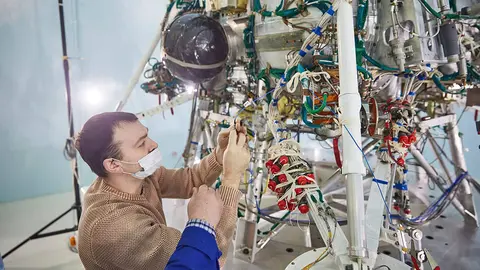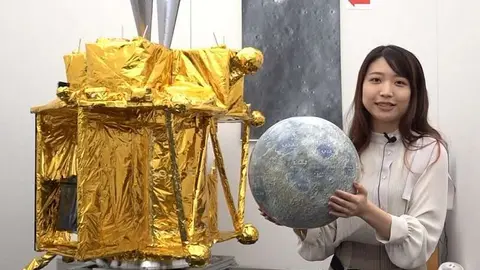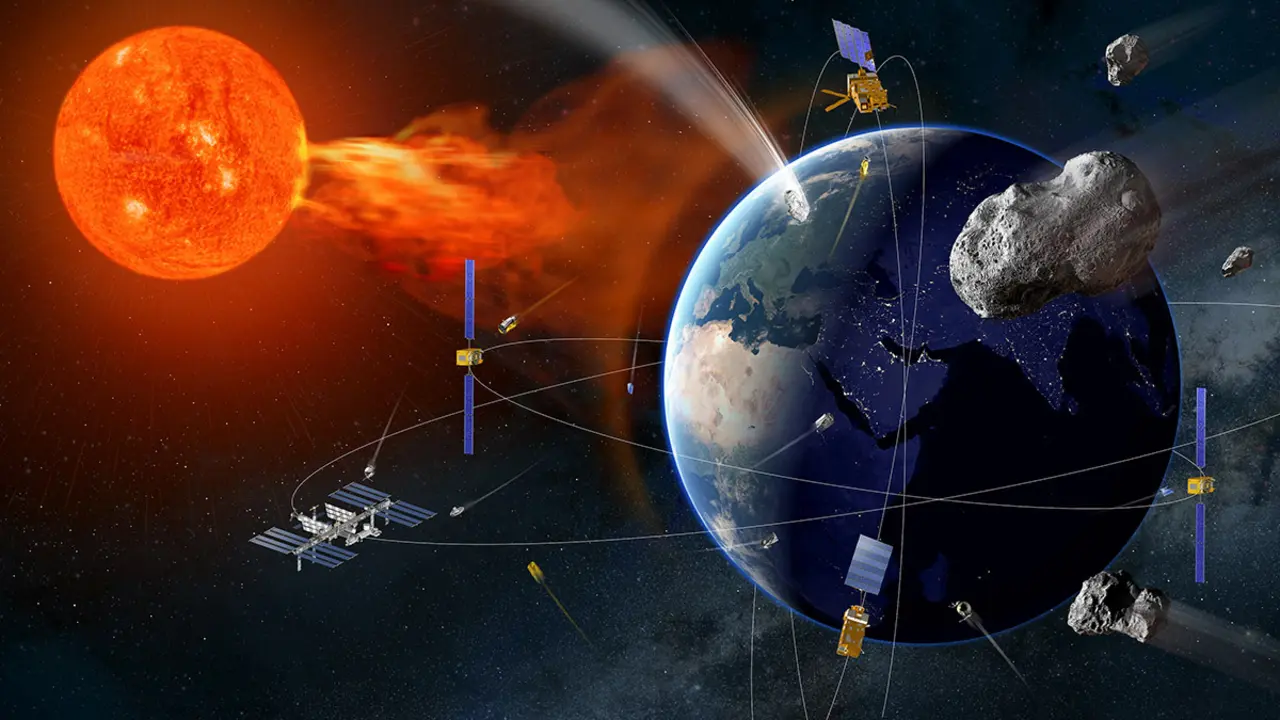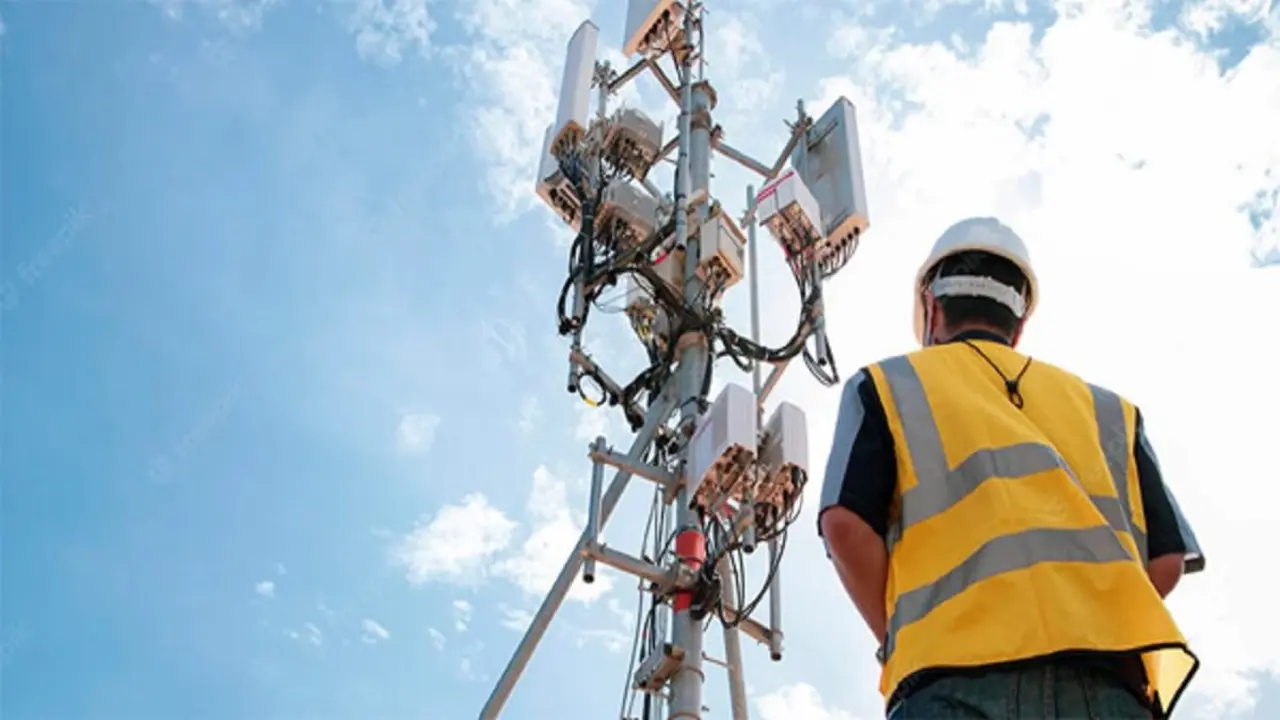Japan achieves partial success where Russia achieved total failure
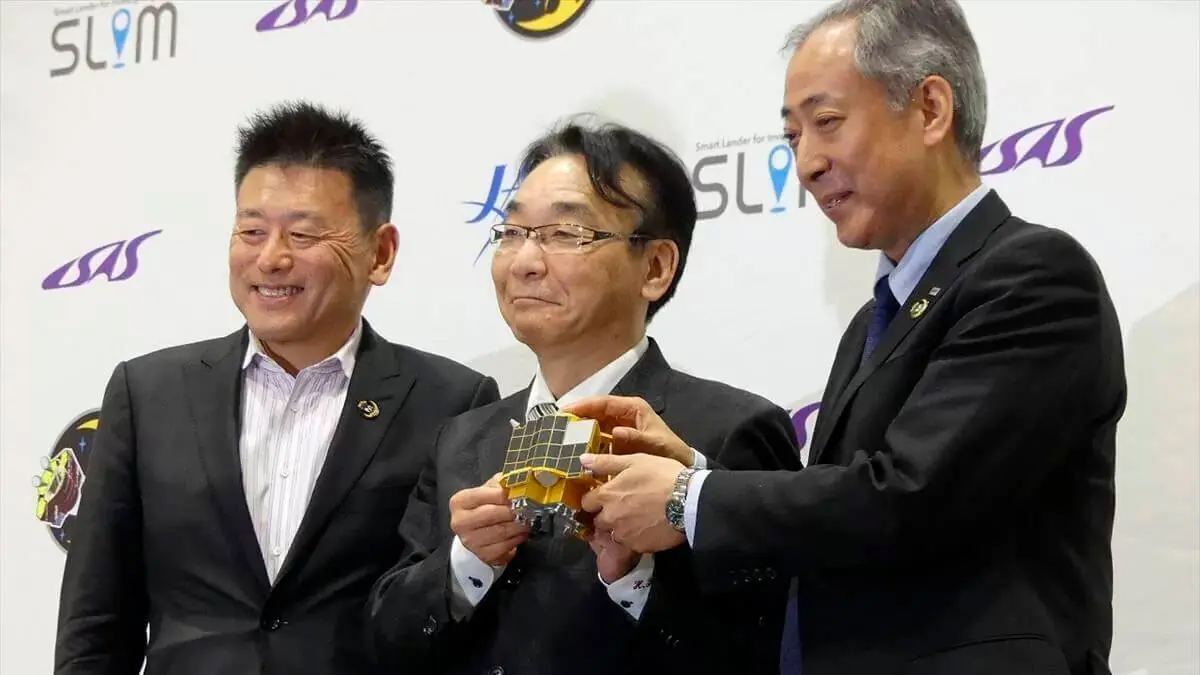
Japan has just successfully landed the robotic SLIM spacecraft on the surface of the moon, putting it in fifth place in the short list of nations that have achieved such a feat: Russia, the United States, China and India.
- Less than 100 metres from the reference point
- Tokyo's success compared to recent failures by Moscow and Washington
But after the initial moments of euphoria over the successful landing of the first "Made in Japan" space probe to touch down on the Earth's natural satellite, Emperor Naruhito, the government of Prime Minister Fumio Kishida and the Japanese people officially received some bad news.
These are miniaturised lithium-ion (Li-Ion) batteries developed by Japanese companies Furukawa Battery, Technosolver and Sankyo Manufacturing. Not being able to recharge them means that, unless the problem can be solved, "the probe would lose communications with the ground control centre within a few hours," Yamakawa said, as it has.
The main suspicions are not about a faulty cell or electronic circuit. They point to the fact that SLIM, which measures 2.4 x 1.7 x 2.7 metres and is slightly larger than a Fiat 500 car, is in a position that prevents the solar panels from capturing energy from the sun. The JAXA president is hopeful that his technicians will be able to restore communications "as the sun's rays hit the solar cells".
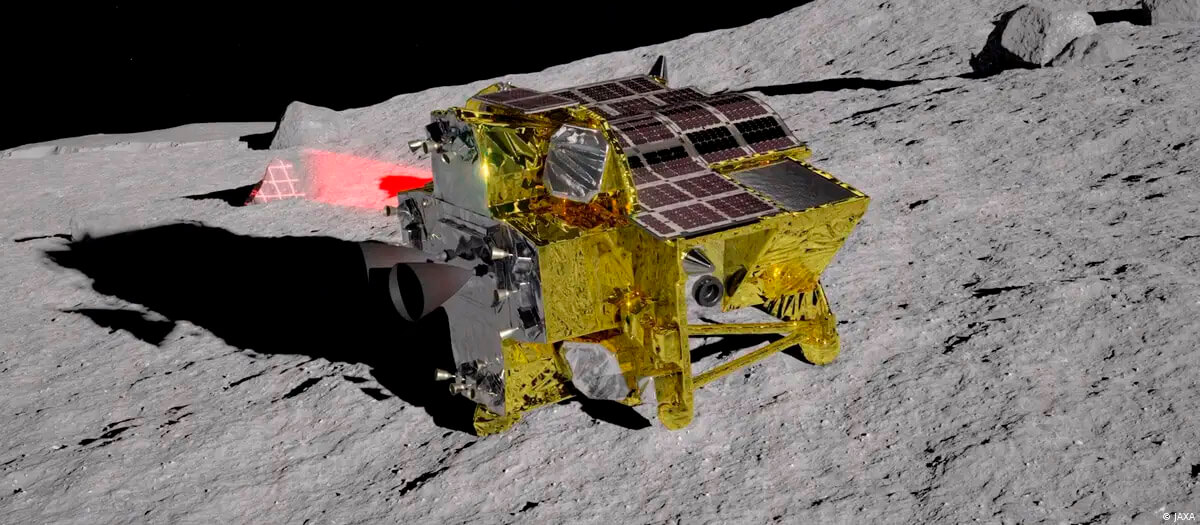
Less than 100 metres from the reference point
The news has come as a cold shock to the bodies and minds of the islands' more than 123 million inhabitants. It was "as if, in the middle of a popular festival, the music had been interrupted and they had been given a lousy sweet and sour sauce to drink or a badly fermented sake", says a Spanish businessman who knows the idiosyncrasies of Japanese society well.
Despite the surprising and lethal setback, JAXA has fulfilled the "minimal" main purpose stated in the official SLIM mission document: "to achieve a smooth descent on the Moon with a small and light spacecraft". And so it has.
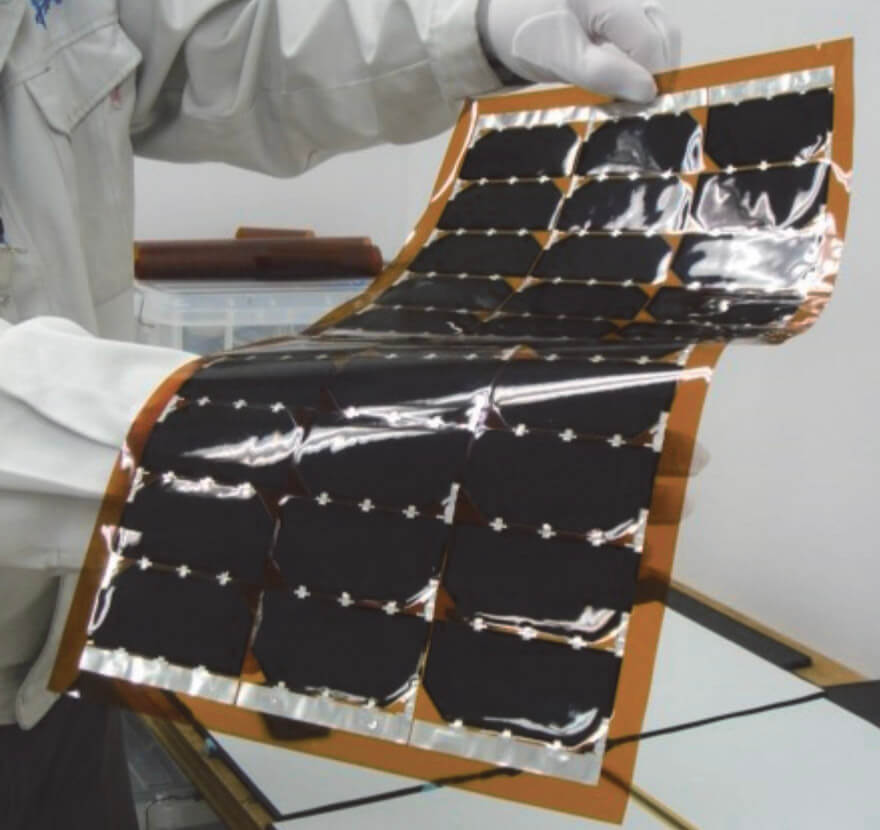
The automatic manoeuvre to slow down the orbit and the descent rate followed the programmed milestones smoothly. Before touching down on the lunar soil, SLIM released the two tiny exploration robots attached to it from a height of 1.8 metres, which sent their signals back to Earth.
But the Japanese space agency's technicians have yet to determine in the greatest detail an important milestone to be met by SLIM. Whether the navigation, guidance and vision control system, equipped with tiny cameras, laser range finder and landing radar developed by Mitsubishi Electric and Meisei Electric, has succeeded in bringing the spacecraft within 100 metres of the Shioli crater point chosen as the centre of reference for the lunar landing.
So far, JAXA engineers are unsure whether SLIM has succeeded in making such a high-precision descent a reality, the second endpoint for concluding whether or not the mission has been a "total" success. If they prove that they have, it would mean that they have completed the main objectives set by the Agency, despite the solar panel incident.
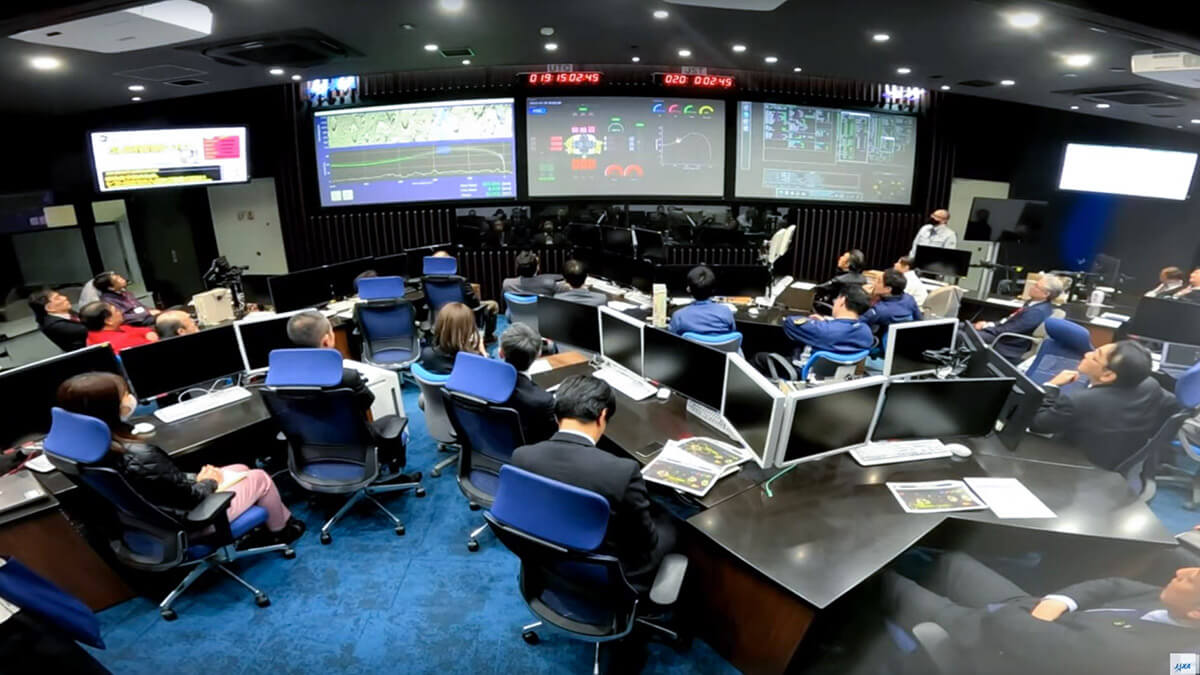
Tokyo's success compared to recent failures by Moscow and Washington
The successful descent and soft-positioning took place on 19 January at 16:20 GMT. Telemetry showed that it occurred at lunar coordinates 13.30º South, 25.23º East, near the Shioli crater, as scheduled.
SLIM is a low-cost technology demonstration mission. It was sent on its way to the Moon on 6 September 2023, on a trajectory designed to save as much propulsion fuel as possible. It entered orbit around our natural satellite on 25 December and its outcome is very different from Russia's attempt 16 months ago to return to Selene with the 1.75-tonne Luna-25 spacecraft, which ended in complete failure.
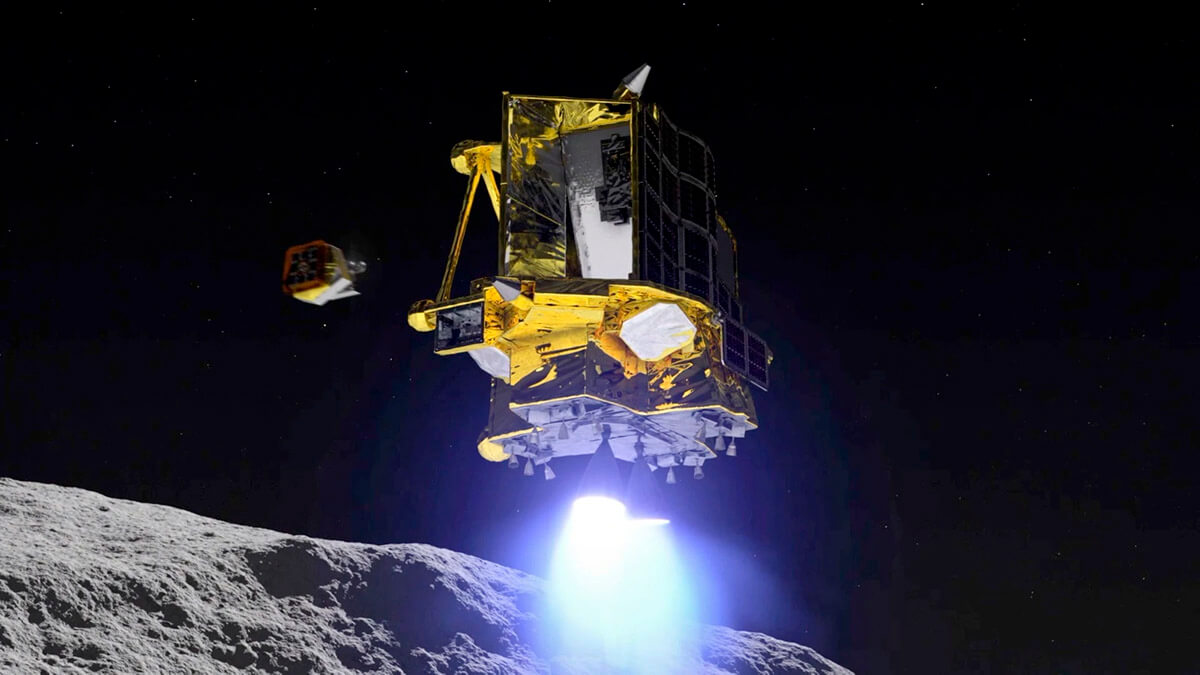
Launched on 6 September, Luna-25 crashed to the lunar surface on 19 August 2023, when it was supposed to be flying at the right speed and on the optimal descent path. But it was not, and the Russian Space Agency (Roscosmos) Investigation Commission has determined that the probe's engines during its descent ran for 127 seconds instead of the scheduled 84 seconds.
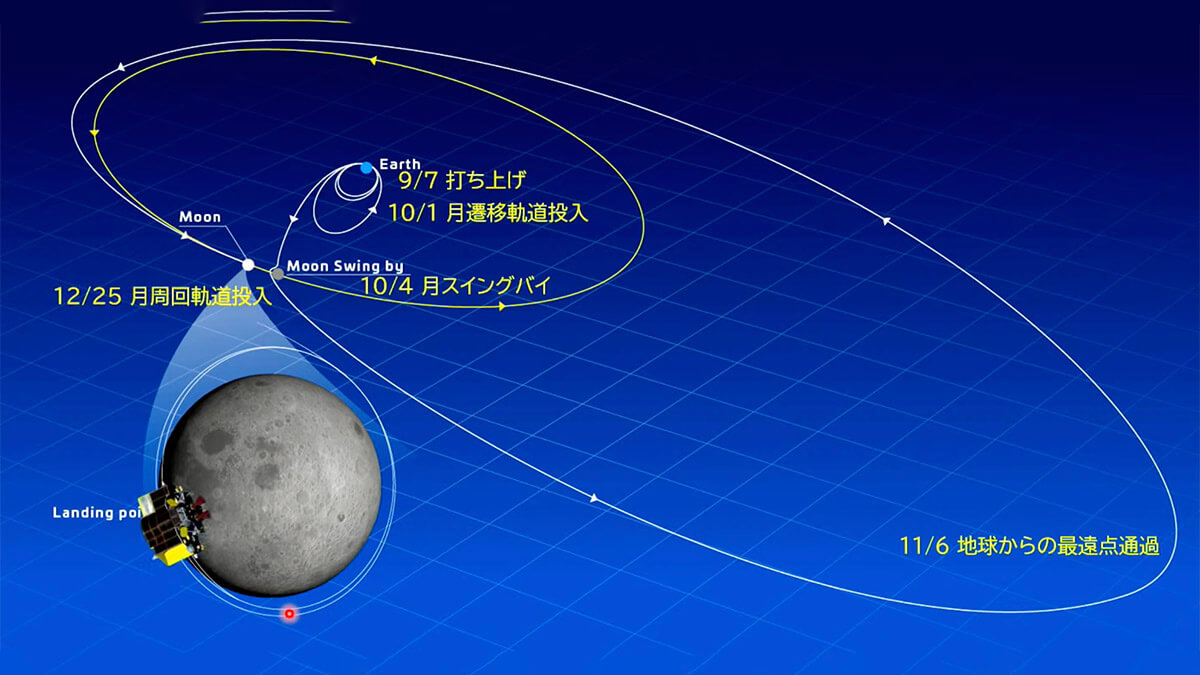
Investigators found that the error was due to an incorrect reading of the angular velocity and linear acceleration data, which instead of positioning the spacecraft at a minimum altitude of 18 kilometres caused it to crash to the ground. The American spacecraft Peregrine from the Astrobotic company was also a total failure a few days ago. It had intended to set foot on the Moon, but a propellant leak forced its owners to send it back to Earth, where it will be destroyed in the atmosphere.
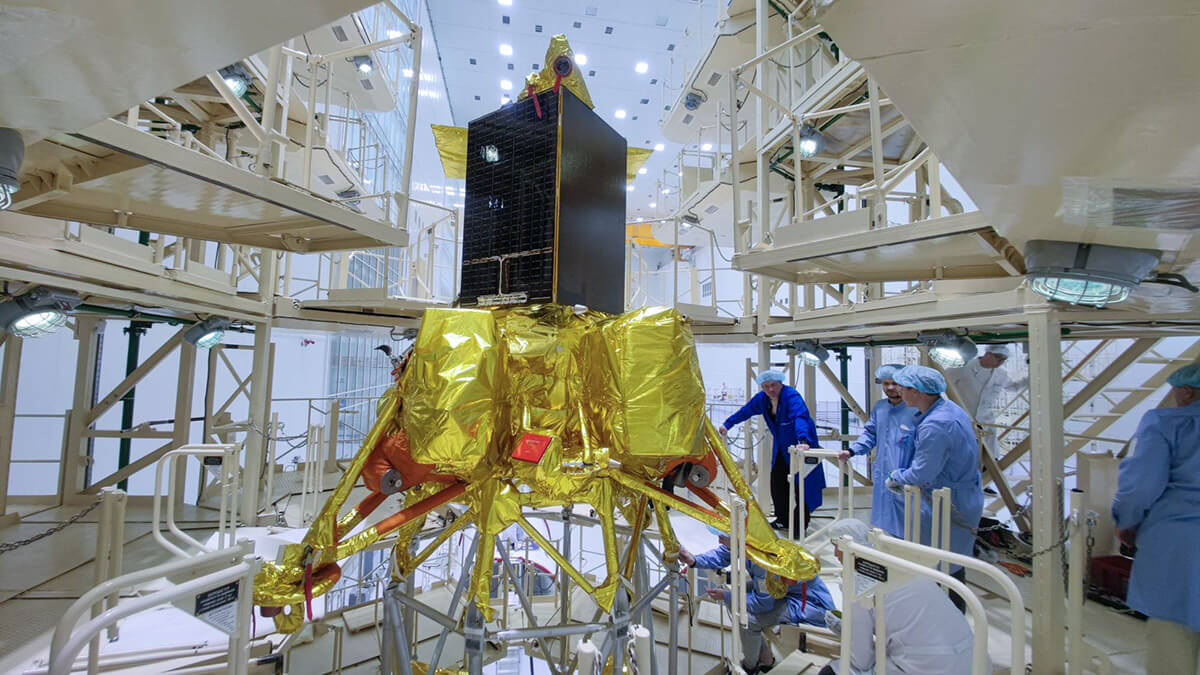
SLIM's goal makes Japan the third Asian country to touch down on the Moon in the 21st century. China has achieved it three times with the Chang'e-3 (2013), Chang'e-4 (2018) and Chang'e-5 (2020) probes, and India less than five months ago with Chandrayaan-3. The Tokyo government has made it happen but it has taken 58 years since the Soviet probe Luna 9 first landed on 3 February 1966.



